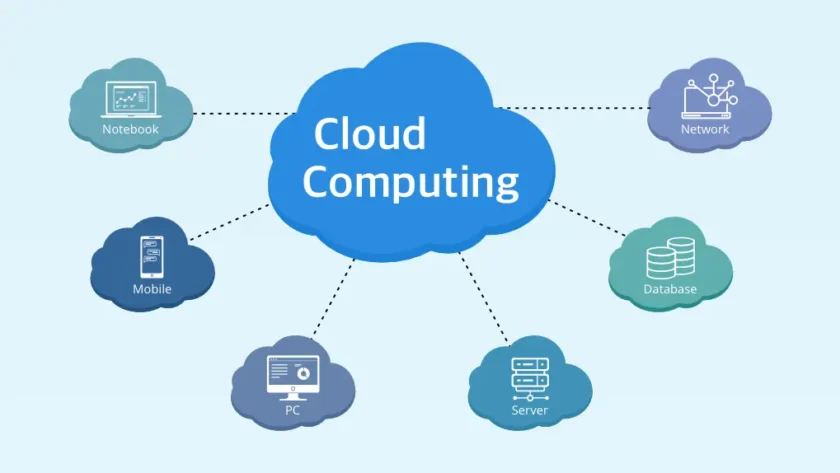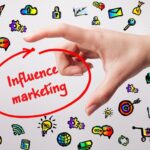Digital marketing has fundamentally changed the way brands connect with consumers. Gone are the days when traditional advertising methods, such as print ads and television commercials, were the primary means of reaching potential customers. Today, digital marketing has taken the forefront, offering brands a more dynamic, targeted, and cost-effective way to engage with their audiences. In this article, we will explore how digital marketing is transforming the way brands reach and engage consumers and what key strategies businesses are employing in the digital age.
The Rise of Digital Marketing
The shift from traditional to digital marketing has been driven by the rapid advancement of technology and the widespread adoption of the internet. As more people spend increasing amounts of time online, particularly on social media platforms, search engines, and mobile apps, businesses have recognized the need to adapt their marketing strategies to these digital spaces.
Digital marketing encompasses a wide range of tactics, including search engine optimization (SEO), social media marketing, content marketing, email marketing, influencer marketing, and paid digital ads. The beauty of digital marketing is that it allows businesses to reach customers where they already are—online—at any time, and in a personalized way. It also offers brands the ability to measure the success of their efforts through detailed analytics, enabling real-time adjustments and improvements to campaigns.
Key Components of Digital Marketing
- Search Engine Optimization (SEO) SEO is one of the core elements of digital marketing. It involves optimizing a website’s content to improve its visibility in search engine results. When consumers search for products, services, or information online, businesses aim to ensure that their websites appear at the top of search engine results pages (SERPs). SEO strategies include keyword research, on-page optimization (such as meta tags and content structure), backlink building, and ensuring fast website loading times. By improving SEO, brands can increase organic traffic to their websites, making it easier for consumers to find them. High organic rankings are critical because users often trust the top results more than those that appear further down the page, making SEO an essential strategy for long-term success in digital marketing.
- Social Media Marketing Social media platforms such as Facebook, Instagram, Twitter, TikTok, and LinkedIn have become crucial components of digital marketing strategies. These platforms enable brands to interact with their audience, create communities, and share content that resonates with users. Social media marketing offers several key advantages: it allows businesses to engage in two-way communication with their consumers, collect feedback, and personalize marketing messages. It also offers the potential to go viral, making social media an incredibly powerful tool for building brand awareness. In addition, the targeting capabilities on these platforms are highly advanced, enabling businesses to reach specific demographics based on factors like age, location, interests, and behavior. Influencer marketing is another significant part of social media marketing. Brands partner with social media influencers—individuals who have built large followings in niche markets—to promote products in a more authentic, relatable way. This form of marketing has gained popularity as consumers increasingly turn to influencers for product recommendations and reviews.
- Content Marketing Content marketing involves the creation and distribution of valuable, relevant, and consistent content to attract and engage an audience. The goal is to provide potential customers with content that answers their questions, solves their problems, or entertains them. This could include blog posts, videos, podcasts, infographics, and other forms of content. By offering valuable content, brands can establish themselves as thought leaders in their industry and build trust with their audience. Content marketing also plays a significant role in SEO, as high-quality content that provides answers to consumers’ queries can lead to higher search engine rankings. Furthermore, content marketing provides a non-intrusive way for brands to engage with their audience, unlike traditional ads, which can be perceived as interruptive.
- Email Marketing Email marketing remains one of the most effective digital marketing strategies, despite the rise of social media and other online marketing channels. It allows businesses to directly communicate with their audience in a personal and personalized manner. Through email marketing, brands can send targeted messages to consumers based on their behavior, preferences, and past interactions with the brand. For example, a consumer who abandoned their shopping cart on an e-commerce website may receive a follow-up email with a reminder to complete their purchase or an incentive to return. Email campaigns can also include newsletters, promotional offers, event invitations, and customer loyalty rewards.
- Paid Digital Advertising While organic digital marketing strategies like SEO and content marketing are important for long-term growth, paid digital advertising can provide a quicker path to reaching potential customers. Paid ads can be placed on search engines (Google Ads), social media platforms (Facebook Ads, Instagram Ads), and other digital properties (display ads). Paid advertising allows businesses to target specific demographics with highly tailored messages. By bidding on keywords, businesses can ensure their ads appear when users search for specific terms related to their products or services. Social media platforms offer similar targeting capabilities, allowing businesses to reach users based on interests, behaviors, and even life events. These paid ads provide businesses with the ability to scale their efforts and reach large audiences quickly.
- Video Marketing Video marketing is becoming an increasingly important tool for digital marketers. Videos provide an engaging and dynamic way to communicate with potential customers. Whether it’s short-form content on platforms like TikTok or Instagram or longer-form content on YouTube, video allows businesses to convey messages in a way that captures attention. Video content can take many forms, including product demos, customer testimonials, tutorials, behind-the-scenes looks at the business, and live streaming events. Studies have shown that consumers are more likely to engage with and remember video content compared to other types of content. Additionally, video marketing can significantly improve conversion rates, making it an essential tool for brands looking to boost their sales and customer engagement.
- Analytics and Data-Driven Marketing One of the most significant advantages of digital marketing is the ability to track, measure, and analyze every aspect of a campaign in real time. Through analytics tools like Google Analytics, social media insights, and customer relationship management (CRM) systems, businesses can monitor key performance indicators (KPIs) such as website traffic, engagement rates, conversion rates, and sales. Data-driven marketing allows brands to make informed decisions based on actual consumer behavior. By analyzing this data, businesses can better understand their target audience, optimize their marketing strategies, and allocate their resources more effectively.
The Future of Digital Marketing
As technology continues to advance, the digital marketing landscape will continue to evolve. Future trends include the increasing use of artificial intelligence (AI) and machine learning to predict consumer behavior, the rise of voice search and smart devices, and the continued growth of personalized experiences. Additionally, marketers will increasingly leverage immersive technologies such as virtual reality (VR) and augmented reality (AR) to provide more interactive and engaging experiences for consumers.
Furthermore, the growing importance of data privacy and ethical considerations will influence how digital marketers approach consumer information. With increasing concerns around data security, businesses will need to ensure that they use consumer data responsibly and transparently.
Conclusion
Digital marketing has transformed the way brands connect with their audience, offering more targeted, cost-effective, and measurable marketing strategies than ever before. From SEO to social media, content marketing to email campaigns, digital marketing encompasses a wide range of tactics that enable businesses to engage consumers in a personalized way. As the industry continues to evolve, brands will need to adapt to new technologies and trends to stay competitive and build lasting relationships with their customers.




